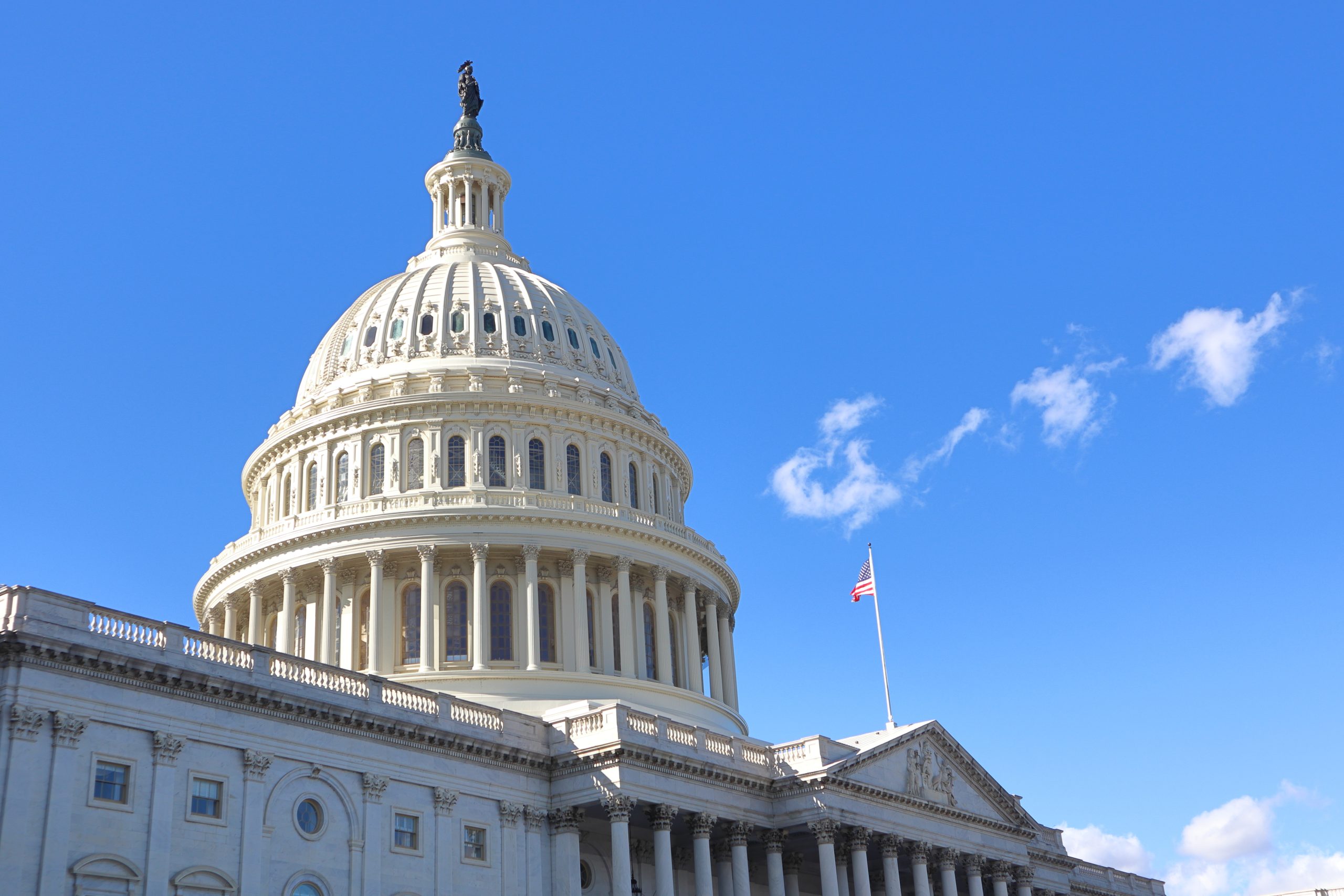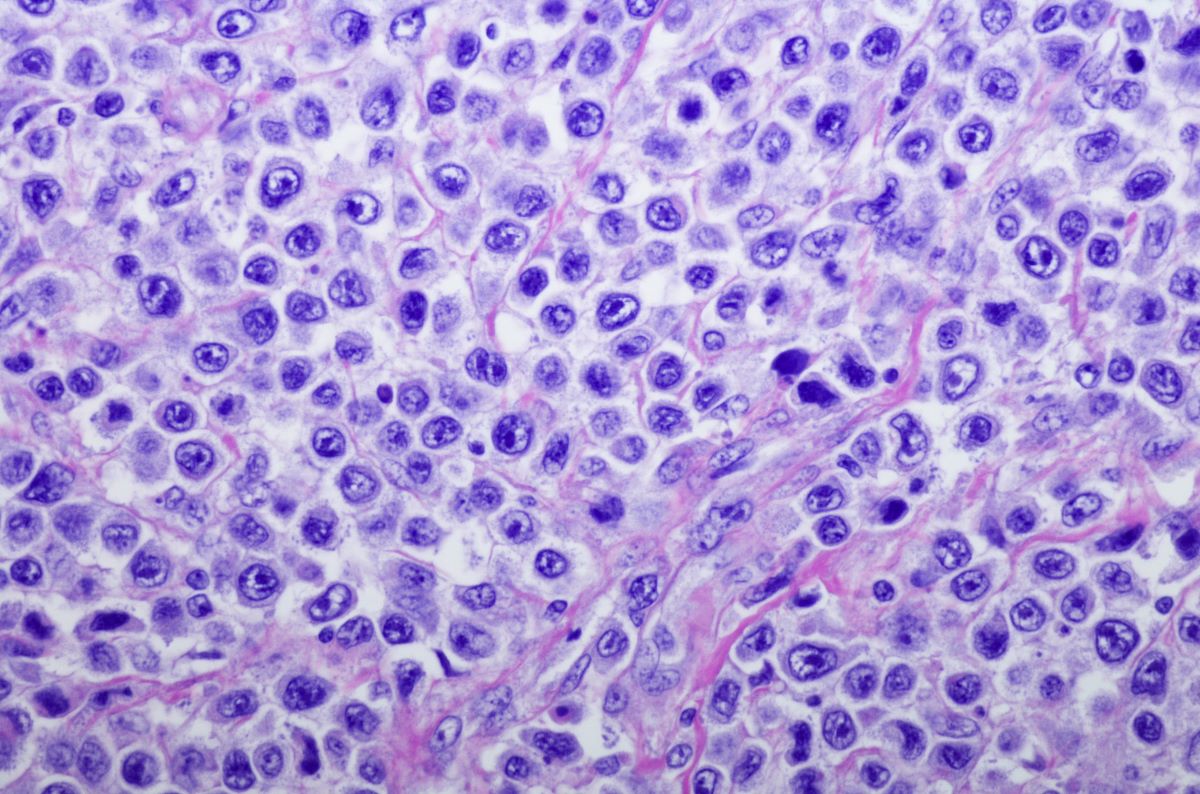
The Community Oncology Alliance (COA) has released its Prescription for Health Care Reform, a policy blueprint outlining solutions for Congress to address systemic challenges of the United States healthcare system. These challenges include consolidating and monopolizing hospitals and health systems, workforce shortages in rural areas, outdated Medicare policies, escalating costs, and access barriers.1
Rooted in the experience of community oncology practices, the COA offers a 5-part legislative roadmap that aims to stabilize the broader healthcare system, prioritize patients, and preserve access to high-quality, affordable care.1
“Our healthcare system has reached a critical tipping point as Americans pay more than ever for healthcare that is becoming increasingly out of reach. Consolidation, administrative burdens, and skyrocketing costs are hurting patients and providers alike,” COA President Debra Patt, MD, PhD, MBA, FASCO, said in the press release.1
Hospitals and Health System Consolidation
The first part of the plan addresses the monopolization and consolidation of hospitals into nonprofit health systems. Many independent, physician-owned practices close or merge with hospitals due to the financial benefits hospitals receive through federal programs, such as the 340B Drug Pricing Program.2 This can lead to higher prices for patients, less choice in providers, and less competition, according to the COA.1
To mitigate these issues, the COA calls for site-neutral payment policies to ensure fair reimbursements, an overhaul of the 340B Drug Pricing Program to ensure patients are benefiting, evaluating the definition of a nonprofit institution, and placing restrictions on debt collection practices.1
Insurance and Pharmacy Benefit Manager (PBM) Consolidation and Market Dominance
The COA pushes for legislation that disallows PBMs to own pharmacies, steer patients towards affiliated pharmacies, or impose mandatory mail order requirements. These practices lead to disproportionate power, cost inflation, and limited access to drugs, the COA wrote.1
According to an analysis by the American Medical Association (AMA), the four largest PBMs (CVS Health, OptumRx, Express Scripts, and Prime Therapeutics) have a collective 70% share of the national PBM market.3
“The call for increased regulatory oversight of PBM business practices is overwhelmingly welcomed by physicians as a check against possible anticompetitive harm resulting from low competition and high vertical integration in the PBM industry,” AMA President Bruce A. Scott, MD, said in a press release.3
Fixing Physician Reimbursement and Modernizing Structural Centers for Medicare & Medicaid Services (CMS) Policies
To modernize Medicare’s payment system, the COA calls for a payment approach that better balances equitable reimbursements across hospitals and independent practices to cultivate a level, free market playing field.1
The COA also recommends halting Medicare Physician Fee Schedule (PFS) cuts, aligning reimbursement prices with inflation, and eliminating payment sequestration.1 The CMS issued a final rule reducing the Medicare conversion factor from $33.29 to $32.35 in January 2025, resulting in a 2.93% average pay cut for physicians.4
According to the CMS website, “The CY [calendar year] 2025 PFS final rule is one of several final rules that reflect a broader Administration-wide strategy to create a more equitable health care system that results in better accessibility, quality, affordability, empowerment, and innovation for all Medicare beneficiaries.”4
The CMS has not responded to Blood Cancers Today’s request for comment.
“A decade ago, we repealed the sustainable growth rate (SGR). It appears we’re back in that SGR rigmarole where there’s cuts going into place from the fee schedule standpoint, and it requires an act of Congress to mitigate those cuts,” Frank McStay, MPA, an Assistant Research Director for Medicare Accountable Care Transformation at the Duke-Margolis Institute for Health Policy, told Blood Cancers Today. “This underscores the need to move to more person-centered, population-based payment systems in an accelerated fashion.”
According to McStay, moving to a population-based payment system can improve the health system’s value, resiliency, and efficiency while limiting drug shortages and unaffordability. A population-based payment system offers healthcare providers upfront, flexible payments, according to the Center for Health Care Strategies.5
“The cuts could have implications for physicians, but most importantly for patients,” McStay added. “Moving away from these antiquated payment policies to more accountable type payment systems to support physicians in the type of healthcare they want to be delivering is important.”
McStay explained that although the Trump administration wants to accelerate towards this payment system, it is challenging.
“There’s budget neutrality implications with Medicare physician fee scheduling, and there’s only so much money in the pot,” he said. “Where Congress ultimately chooses to invest its time and limited resources is the biggest barrier.”
Fixing Workforce Shortages
To fix workforce shortages, the COA encourages Congress to expand residency positions, offer incentives for practicing in rural areas, and ensure that Medicare reimbursement models support practices in underserved areas.1
According to a study published in the Journal of Rural Health, 67.5% of 1,963 oncologists practiced in exclusively urban locations, 11.3% in exclusively rural locations, and 21.1% in rural and urban locations. In addition, 16.4% of oncology, hematology, and hematology-oncology specialties in rural areas were billed for Medicare-covered services, compared with 9.4% in urban areas.6
A study published in JCO Oncology Practice also found a negative association between the availability of oncology workforce and cancer rates (corr.=−0.085, P<0.01), with the largest shortage of oncologists found in the West North Central and West South Central states.7
“Greater access to care rurally by the presence of care providers and facilities is essential for cancer diagnosis, treatment, and supportive care,” Ruben Mesa, MD, FACP, a hematologist oncologist and President & Executive Director of Atrium Health Wake Forest Baptist Comprehensive Cancer Center, told Blood Cancers Today.
He also explained that cancer outcomes are strongly driven by being identified at earlier stages or before undergoing metastases. “Patients in rural areas can find profound health disparities by delays of initial presentation, application of definitive therapy, presenting at a more advanced stage, and having delays in receiving care if complications to treatment occur, which can also lead to worse or fatal outcomes,” he added.
Ensuring Access to Oncology Therapies (Drugs)
According to the COA, reduced access to affordable cancer therapies stems from rising drug costs, chronic shortages of generic sterile injectable (GSI) drugs, and uncertainty in the biosimilar market. Therefore, the organization urges for reforms to address supply chain issues, stabilize GSI and biosimilar prices, and fix the Inflation Reduction Act (IRA) to financially protect independent medical practices from Medicare price negotiations.1
Read more: The Big Chill: State of the NIH Yields Myriad Concerns, Uncertainty
References
1. Community Oncology Alliance Releases a Comprehensive Legislative Framework for Health Care Reform. News Release. Community Oncology Alliance. February 5, 2025. Accessed April 22, 2025. https://mycoa.communityoncology.org/news-updates/press-releases/community-oncology-alliance-releases-a-comprehensive-legislative-framework-for-health-care-reform-
2. COA Prescription for Health Care Reform: A Policy Blueprint for Congress. Community Oncology Alliance. Accessed April 22, 2025. https://mycoa.communityoncology.org/education-publications/report/coa-prescription
3. New AMA analysis of consolidation in PBM markets. American Medical Association. News release. September 9, 2024. Accessed April 22, 2025. https://www.ama-assn.org/press-center/press-releases/new-ama-analysis-consolidation-pbm-markets
4. Calendar Year (CY) 2025 Medicare Physician Fee Schedule Final Rule. Centers for Medicare & Medicaid Services. November 1, 2024. Accessed April 22, 2025. https://www.cms.gov/newsroom/fact-sheets/calendar-year-cy-2025-medicare-physician-fee-schedule-final-rule#:~:text=CY%202025%20PFS%20Rate%20Setting,2024%20conversion%20factor%20of%20$33.29.
5. Population-Based Payments in Medicaid: Strengthening Provider Incentives to Transform Care. Center for Health Care Strategies. December 6, 2022. Accessed April 22, 2025. https://www.chcs.org/resource/paying-providers-to-achieve-elusive-health-care-goals-using-population-based-payments-in-medicaid/
6. Ellis SD, Thompson JA, Boyd SS, et al. Geographic differences in community oncology provider and practice location characteristics in the central United States. J Rural Health. 2022;38(4):865-875. doi:10.1111/jrh.12663
7. Shih YT, Kim B, Halpern MT. State of physician and pharmacist oncology workforce in the United States in 2019. JCO Oncol Pract. 2021;17(1):e1-e10. doi:10.1200/OP.20.00600






 © 2025 Mashup Media, LLC, a Formedics Property. All Rights Reserved.
© 2025 Mashup Media, LLC, a Formedics Property. All Rights Reserved.